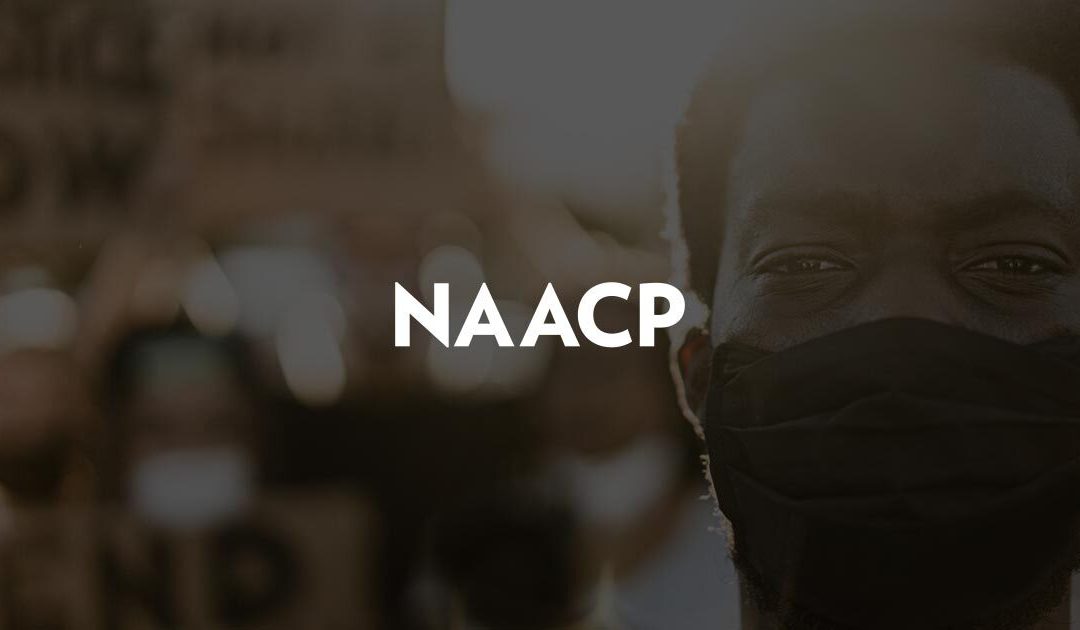
Written by James Mosley, President & CEO, EnviroKinetics, Inc., Chairman, NAACP-Evansville Environment & Climate Justice Committee
The U.S. government first recognized Environmental Justice (EJ) as an essential focus of federal environmental protection efforts in 1992 when President George H.W. Bush appointed Dr. Clarice Gaylord as the first Director of the US EPA’s Office of Environmental Justice.
During my time in DC, I had the good fortune of meeting Dr. Gaylord and listening as she explained the choice to rebrand the new division the Office of Environmental Justice (OEJ) versus Environmental Equity. She said that this was done because equity was viewed as evenly distributing the placement of NIMBYs such as community-based residential facilities, recycling transfer stations, and polluting industries throughout US cities. Moreover, predominantly white, affluent residents in these cities had the wherewithal to hire zoning attorneys to keep undesired projects out of their communities.
According to Dr. Gaylord, funding the OEJ was always an uphill battle that often meant last-minute riders attached to unrelated legislation proposed by members of the Congressional Black Caucus like Rep. John Lewis. Dr. Gaylord’s passion and commitment to environmental justice inspired me and changed the direction of my professional and personal life.
I introduced Evansville, Indiana to EJ when I co-founded the Environmental Justice Resource Center (EJRC) at the Carver Community Organization (CCO). Carver was the first non-profit in Indiana awarded a grant by the US EPA OEJ, Region 5. The EJRC promoted awareness around lead poisoning prevention/abatement techniques, water, ozone and air quality education through various scientific learning processes. The EJRC developed high-level advisory committees and collaboratives, sponsored a calendar of environmental events and workshops utilizing resources from national associations in Washington, D.C.
Some of the EJRC’s achievements included sponsoring Dr. Robert Bullard, founding Director of Clark Atlanta University’s EJ Resource Center as a special guest in its EJ Science Fair and as keynote speaker at Carver’s Annual Banquet. The EJRC also established the State of Indiana’s EJ Advisory Committee. This network included the EJ Center at Indiana University Northwest in Gary, IN, the Indiana Department of Environmental Management (IDEM), and the IU School of Public & Environmental Affairs Bloomington, IN. Carver’s EJRC program was placed on the US EPA’s website as a success story.
I founded EnviroKinetics, Inc. (EKI) as a people-oriented business promoting sustainable communities through environmental services, public involvement & community-based planning. In 2000, EKI consulted on the Evansville Urban Enterprise Association’s Brownfield Efficacy pilot project in Evansville’s Jacobsville area. At that time, IDEM provided Technical Assistance grants for testing properties at CCO and helped designate Jacobsville as a US EPA Superfund Site. Carver’s Director Dave Wagner and I also addressed the challenges of economic revitalization in “hard-to-develop communities” at Indiana’s first Statewide Brownfields Conference, held in Bloomington in 2001.
Deliverables from EKI’s pilot project included the establishment of the State of Indiana’s first full-time Brownfield Coordinator position housed at the City of Evansville’s Department of Metropolitan Development.
For me, an example of EJ for sustainable development would be hiring residents from disadvantaged communities to remediate contaminated sites in those same communities. This approach results in adaptive reuse and training for career-path green jobs such as weatherization and solar panel installation. US EPA Environmental Workforce Development and Job Training grants and the Midwest Renewable Energy Association’s Rise-Up scholarships are valuable tools to help transform disadvantaged inner-city communities throughout Indiana in this manner. Looking ahead, future possibilities include 3-D printing of specialty products in Evansville and the recycling of abandoned steel mills in Gary, IN to educational tourist attraction theme parks.
Another promising development is the recently completed Evansville Climate Action Plan 2021, which proposes electrifying Evansville’s diesel transit bus fleet and making traffic thoroughfares in disadvantaged neighborhoods safe for pedestrians and bicyclists. I applaud the US Department of Transportation’s proposed urban policies to undo the damage done by highways splitting up and isolating inner-city communities of color by redesigning those highways as multimodal complete streets.
Finally, I view Earth Day as an opportunity for all of us to recommit ourselves—regardless of race, creed, or socioeconomic status—to the critical mission of restoring and preserving a clean, healthy environment for all people. This is particularly necessary for communities that remain on an unequal environmental quality footing due to social and economic obstacles.
###
About NAACP
Founded in 1909 in response to the ongoing violence against Black people around the country, the NAACP is the largest and most pre-eminent civil rights organization in the nation. We have over 2,200 units and branches across the nation, along with well over 2M activists. Our mission is to secure the political, educational, social, and economic equality of rights in order to eliminate race-based discrimination and ensure the health and well-being of all persons. In media attributions, please refer to us as the NAACP.
NOTE: The Legal Defense Fund, also referred to as the NAACP-LDF, was founded in 1940 as a part of the NAACP, but separated in 1957 to become a completely separate entity. It is recognized as the nation’s first civil and human rights law organization, and shares our commitment to equal rights.


Recent Comments